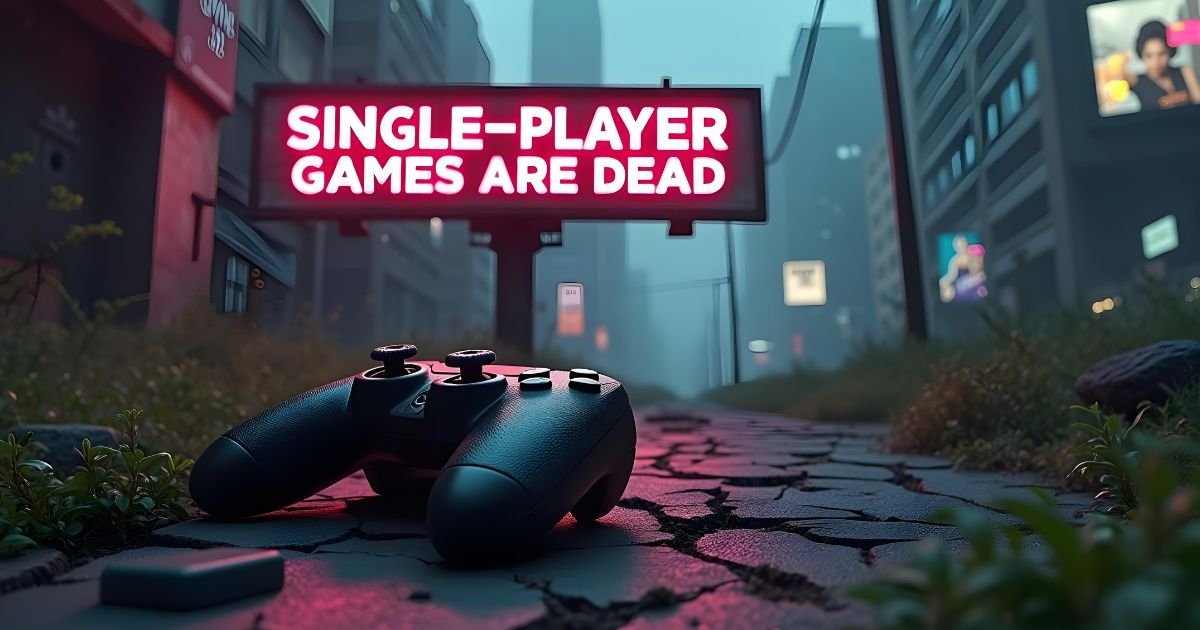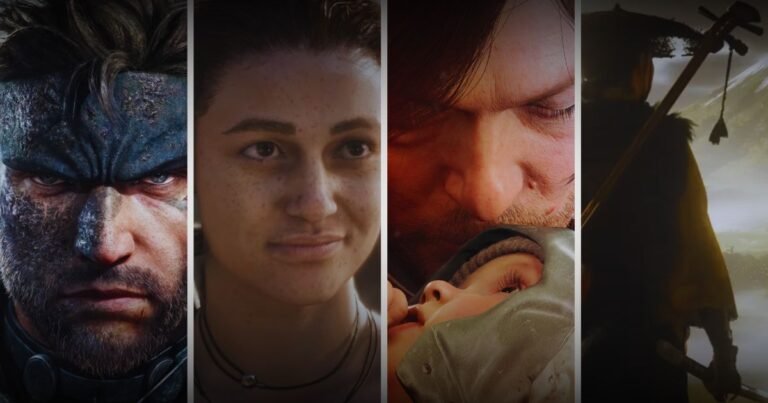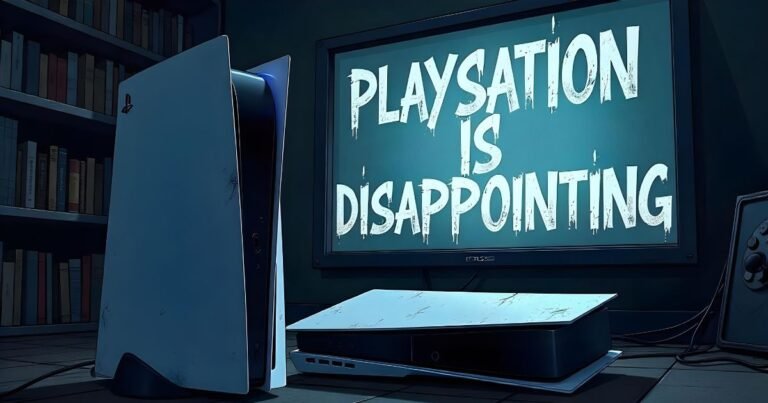Single-player games are still popular, but recent titles seem to have lower quality and don’t provide the same immersive experiences we once enjoyed. In this blog, I’ll discuss the challenges that single-player games are currently facing.
Why is that? The reality is that single-player games are facing numerous challenges, and that’s what I’ll be discussing in this blog.
The Shift Towards Live Service Games
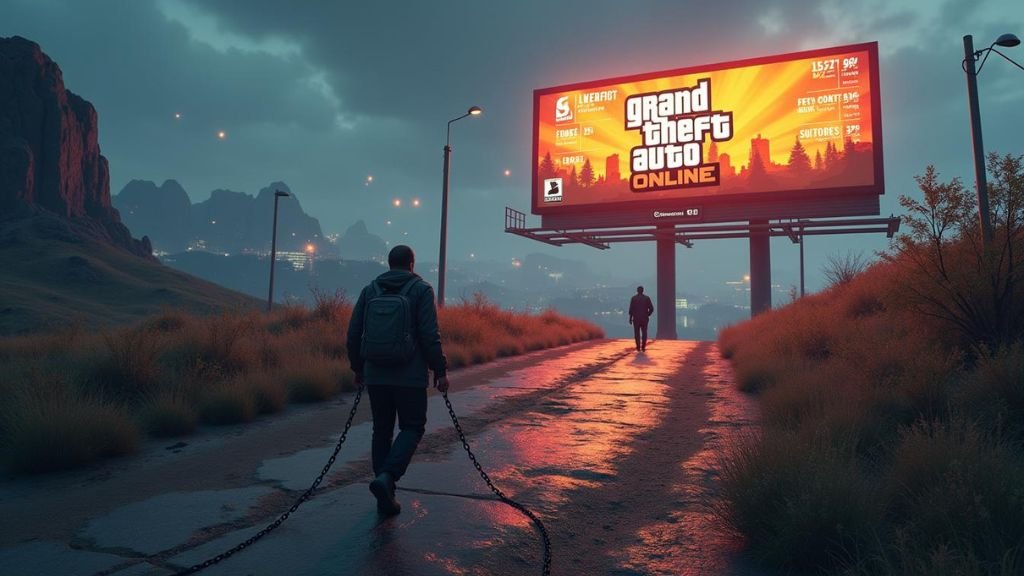
One major issue affecting single-player games is the gaming industry’s shift toward live service products. Unlike single-player games, which have a defined ending—even if they offer a 100-hour storyline—players often finish them and move on. Game companies want to keep players engaged for longer periods, leading to the rise of “forever games.” These are games that receive continuous updates, encouraging players to return and stay engaged.
Take GTA V, for example. Rockstar initially planned to release additional DLC for its single-player mode. However, due to the overwhelming success of GTA Online, which evolved into a live service model, those single-player expansions were canceled. The constant updates in live service games drive long-term engagement, but often at the cost of introducing grind-heavy content that forces players to invest significant time just to complete objectives.
Monetization: The Key Driver
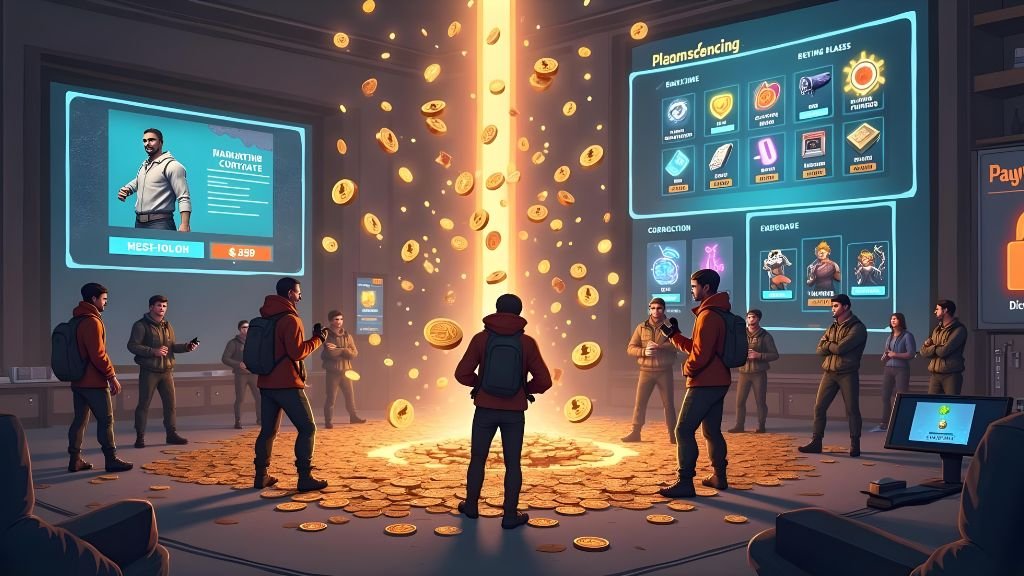
Another challenge with single-player games is their limited revenue model. Once a player buys the game and finishes it, the revenue stream dries up. While companies may offer paid DLC or expansions, these are typically one-time purchases. In contrast, live service games are designed to generate continuous income, pushing players toward purchasing in-game currency or other items to speed up their progress or enhance their experience.
Unlike single-player games, live service games offer companies a steady source of revenue, from selling skins, battle passes, or in-game currency. Even traditional single-player titles like Dragon’s Dogma 2 have started incorporating microtransactions. While initially praised, players soon discovered that many game features were locked behind paywalls, leading to significant backlash.
The Influence of Sweet Baby Inc.
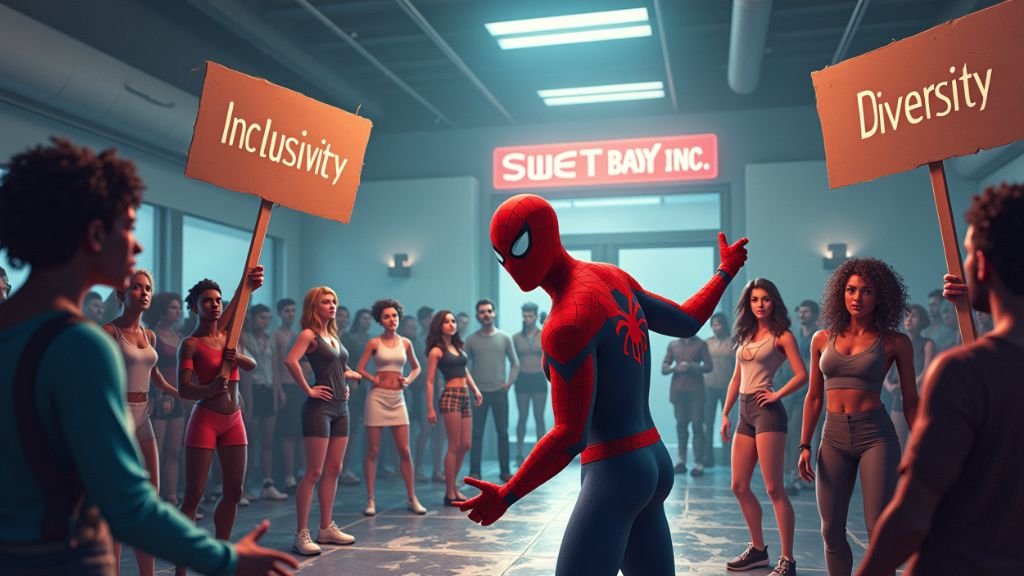
Have you heard of Sweet Baby Inc? A company that has made quite a name in the gaming industry—for all the wrong reasons, according to many gamers.
SBI works with various game studios, and their primary goal is to ensure diversity and inclusivity in video games. This means balancing male and female character representation, often making female characters stronger, as well as including LGBTQ+ characters and exploring their relationships. They also focus on representing different regions and ethnicities.
On the surface, this mission may seem positive. However, the problem arises when these elements feel forced into a game, disrupting the narrative or gameplay. Take the popular Spider-Man series, for instance. While players expect thrilling web-swinging and epic supervillain battles, they are instead faced with moments that break immersion.
“Wokeness” in Gaming: A Growing Trend
The increasing trend of making games “woke” to cater to modern-day sensibilities has sparked a lot of debate. Consider Suicide Squad—a beloved franchise where characters like Batman were killed off with little regard, while Wonder Woman was the only character treated with respect. Similarly, in Alan Wake 2, a black female character was introduced to increase inclusivity, yet the protagonist, Alan Wake, barely made an appearance.
Gamers are left questioning whether these changes genuinely enhance the story or detract from the quality of gameplay.
Inclusivity vs. Authenticity: Striking the Right Balance
Let’s be clear: promoting equal opportunities in gaming is important, and most gamers support that. But when these elements are unnecessarily forced into a story, it becomes distracting.
As Elon Musk once pointed out, gamers seek enjoyment—not political lessons or “wokeness.”
Imagine making a World War II game but including female soldiers just for the sake of inclusivity. Historically, this would be inaccurate. While it’s vital to acknowledge and address past injustices, the focus should be on improving the present and future, not rewriting historical events for the sake of modern narratives.
Why Gamers Criticize Sweet Baby Inc.
This is why many gamers criticize SBI. They see it as a company forcing unnecessary and historically inaccurate elements into games, disrupting what would otherwise be cohesive storylines. SBI’s CEO has made several controversial statements that have only fueled the frustration.
Yet, despite these concerns, many game studios and journalists support SBI’s initiatives. Unfortunately, this means gamers have little control over the changes being made to their favorite franchises, as these decisions are often happening behind the scenes in writers’ rooms.
The Problem with Always-Online Requirements

One of the biggest frustrations for gamers today is the always-online requirement in single-player games. Have you ever tried to play GTA V or Red Dead Redemption 2 only to be stopped by the Rockstar Games launcher because you weren’t connected to the internet? While these games still offer offline modes, many newer titles demand an always-online connection, even for single-player experiences. Companies implement this feature to combat piracy. By requiring a constant internet connection, they can detect pirated copies of the game as soon as users go online.
However, this solution creates a new problem—poor infrastructure. The infamous failure of SimCity 2013 is a prime example. The game’s always-online requirement caused major issues at launch when EA’s servers couldn’t handle the demand. Sadly, many companies have not learned from this disaster. More recently, Payday 3 launched with similar always-online requirements, and the result was another disastrous release marred by server issues.
As more games adopt the always-online model, companies need to realize that we’re not in the year 2050, where 50 GBps internet speeds are available on every corner. It’s 2024, and even in developed countries, people face internet connectivity issues. Requiring an online connection for single-player games, where no multiplayer interactions are necessary, makes no sense and only frustrates the player base.
Are Single-Player Games Truly Declining?
There’s a common argument that “single-player games are dead,” and one reason behind this belief is the lack of significant game releases by major console makers in recent years.
Let’s look at PlayStation and Xbox—the two biggest names in the industry.
In 2023, PlayStation released just one major exclusive: Spider-Man 2. Yes, it was successful, but many fans were left wanting more. Where were the high-quality first-party exclusives PlayStation was once known for? Looking ahead to 2024, it seems that the trend will continue, with no major first-party exclusives on the horizon. Games like Rise of the Ronin, Stellar Blade, and Final Fantasy are third-party, leaving players missing that PlayStation magic.
On the Xbox side, things haven’t been much better. The company spent years building hype around what they called the “game of the generation.” Promoted as something that had been “25 years in the making,” this game was supposed to be the ultimate experience. But when it launched, the reality didn’t match the hype. Instead of groundbreaking innovation, the game felt outdated, with game design reminiscent of something from 10 years ago. Conversations with characters dragged on like reading an essay, and the dialogues left players more confused than entertained. While games like No Man’s Sky offer a seamless takeoff and landing experience, Starfield bombarded players with loading screens at every turn, breaking immersion and disappointing fans.
When two of the industry’s biggest players—PlayStation and Xbox—fail to deliver substantial first-party exclusives, it understandably raises concerns among gamers. What’s happening to our beloved single-player games? With fewer quality releases, many players are left wondering if the era of epic single-player experiences is fading away.
The Rising Costs of Game Development
Another significant challenge facing the gaming industry is the soaring cost of game development for major companies. Initially, there was a belief that as technology advanced, the cost of creating games would decrease.
However, for AAA games, the opposite is true. While it’s now easier for solo developers or small teams with a decent PC and knowledge of Unreal Engine to produce high-quality games, this has raised expectations for big-budget studios. If a solo developer can create visually stunning games like Bright Memory: Infinite, gamers expect even more from AAA companies. This constant pressure is one reason why the cost of developing AAA games continues to climb.
These rising costs have led many companies to produce fewer single-player games. Nowadays, players demand near-realistic graphics, cinematic cutscenes, innovative mechanics, and perfectly polished gameplay in story-driven titles. If a game falls short in any of these areas, it risks being overlooked. But it’s not just about money—the development time has also increased significantly. In the past, companies could release a great single-player game every year. Think about classics like the Prince of Persia trilogy, Assassin’s Creed series, or the GTA series—they used to churn out amazing releases annually. Today, creating a high-quality single-player game often takes two to five years, with some even spanning up to a decade.
While Call of Duty still manages to release a game every year, the quality of the campaign has noticeably dropped, reflecting the challenges of balancing regular releases with rising production costs.
The Future of Single-Player Games
Despite these challenges, single-player games aren’t dead. The recent lull in story-driven experiences can largely be attributed to COVID-19, which shifted both players and companies towards multiplayer gaming for a while. However, this is likely to change. By 2025, we can expect some major releases that will reignite the single-player genre. For instance, Sony might drop a highly anticipated first-party exclusive like Ghost of Tsushima 2 or even Marvel’s Venom. And, of course, the crown jewel of them all, GTA 6, is rumored to release around the same time.
Even as the AAA industry grapples with these issues, indie games continue to breathe life into the single-player genre. Some of the most engaging storylines and gameplay experiences come from indie developers rather than large studios. Take Hades, for example—it’s an indie title that captivated the gaming community with its compelling narrative and dynamic mechanics. So, no matter what happens in the AAA space, there will always be a community of players dedicated to keeping single-player games alive.

